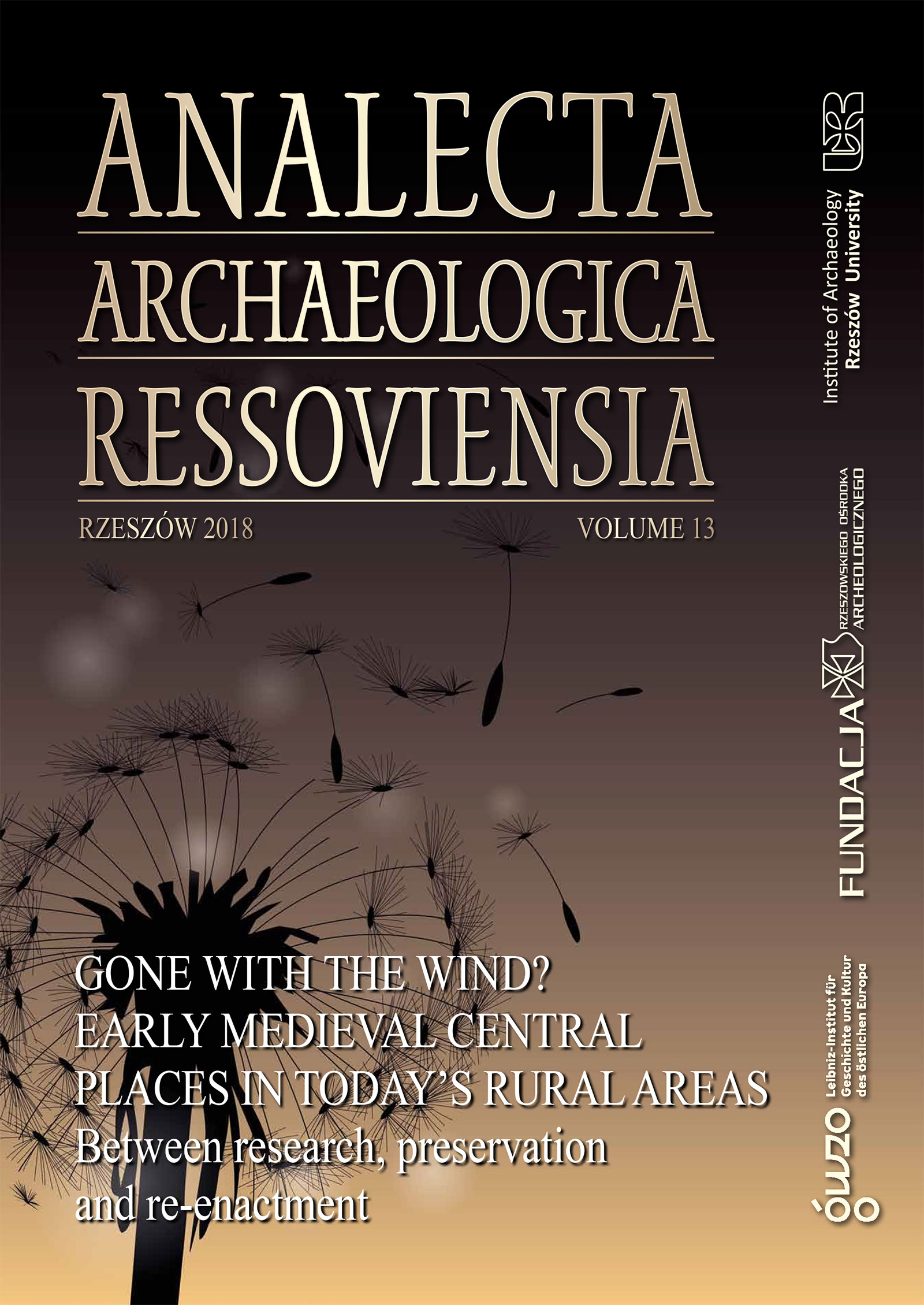The Carpathian Troy Archaeological Open-Air Museum in Trzcinica as a Proposal of Using an Archaeological Site for Tourism and Protection of Cultural Heritage
DOI:
https://doi.org/10.15584/anarres.2018.13.18Słowa kluczowe:
The Carpathian Troy Archaeological Open-Air Museum, Trzcinica, Bronze Age, Otomani-Füzesabony Culture, Early Medieval Period, HillfortAbstrakt
The Royal Earthworks hillfort in Trzcinica is one of the most important archaeological sites in Poland, where strongly fortified settlements of the Pleszów group of the Mierzanowice culture and the Otomani-Füzesabony culture, as well as an early medieval stronghold, were discovered. Interdisciplinary research has brought excellent results and numerous prehistoric artefacts have been discovered there. The fortification, chronology and stratigraphy were well recognised. The idea to build an Archaeological Open-Air Museum named the Carpathian Troy appeared in 1998, owing to amazing research results, mass tourism and further, the desire to provide archaeological discoveries to the public. Therefore, a scientific concept was prepared and after numerous consultations, the area for the construction of the archaeological open-air museum was bought and an architectural design was planned, which was to include the area of the hillfort and the terrain located at its foot. The Carpathian Troy Archaeological Open-Air Museum in Trzcinica is a branch of the Subcarpathian Museum in Krosno. The funds from the Norwegian EEA Financial Mechanism and from the local governments were obtained for the building, which was carried out in 2008–2011, and the opening took place in June 2011. The archaeological open-air museum occupies an area of over 8 ha. On the hillfort, nine sections of defensive ramparts, a fragment of the road and the gate, as well as two Otomani-Füzesabony culture cottages, an early medieval gate and four early medieval cottages were reconstructed. Paths for visitors were also built. At the foot of the hillfort, an Archaeological Park and exhibition pavilion were created. In the Archaeological Park, Otomani-Füzesabony culture and early medieval settlements were reconstructed. The Exhibition Pavilion contains an archaeological exhibition, rooms for an educational shelter, an office, a warehouse and a room for technical purposes. As part of subsequent undertakings implemented with EU funds and as a part of cross-border Polish-Slovakian projects, a viewing tower, an educational shelter, a livestock sector, and experimental plots were created and a section of an early medieval rampart was reconstructed. The Carpathian Troy Archaeological Open-air Museum in Trzcinica is a centre of tourism, education and experimental archaeology as well as a research centre.

